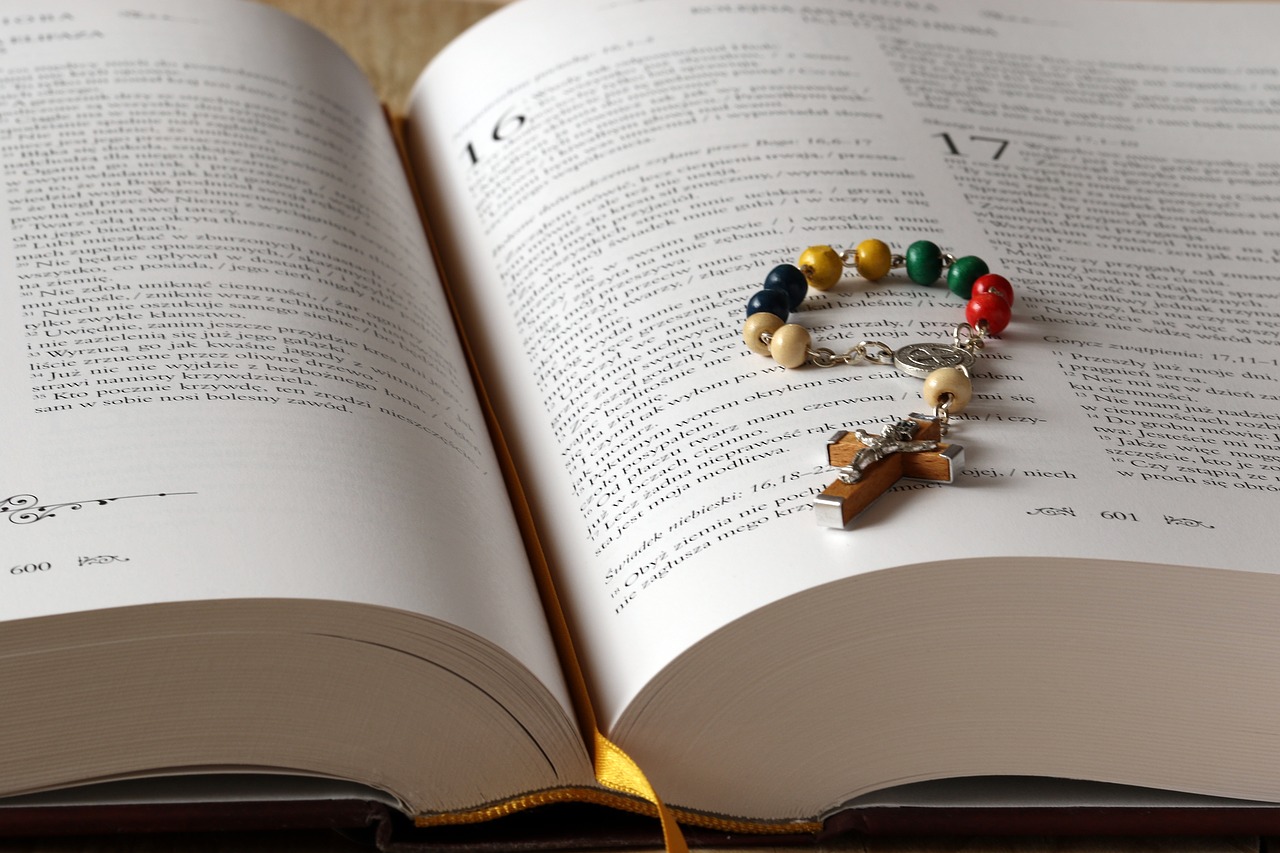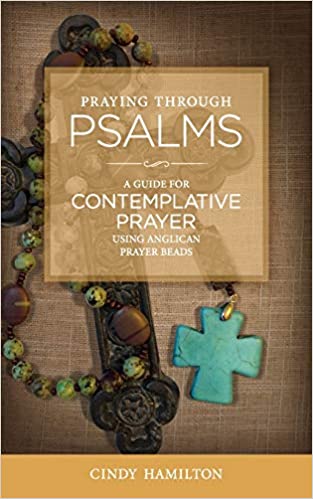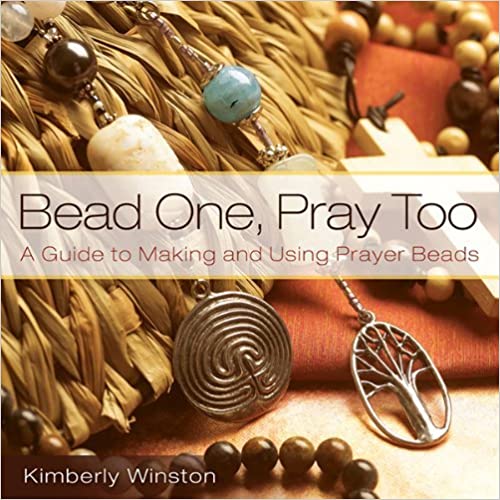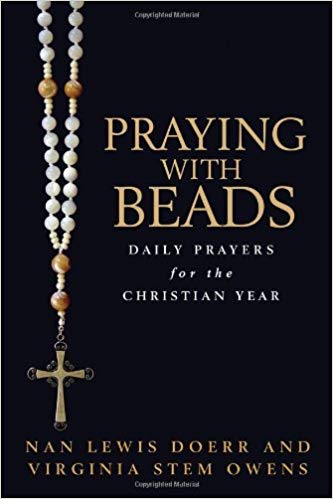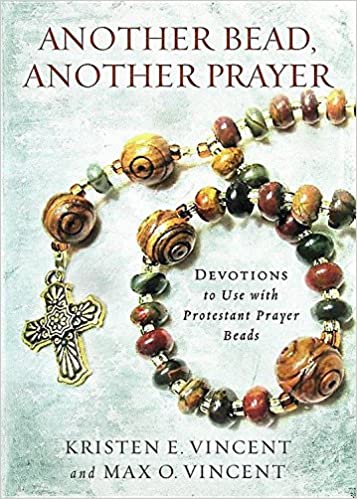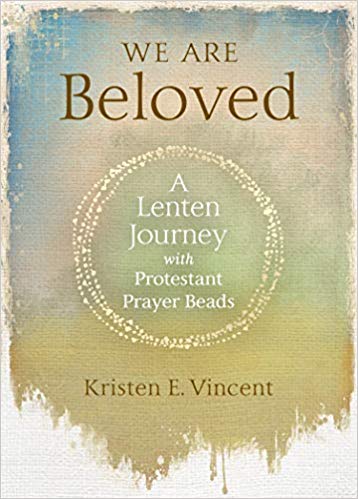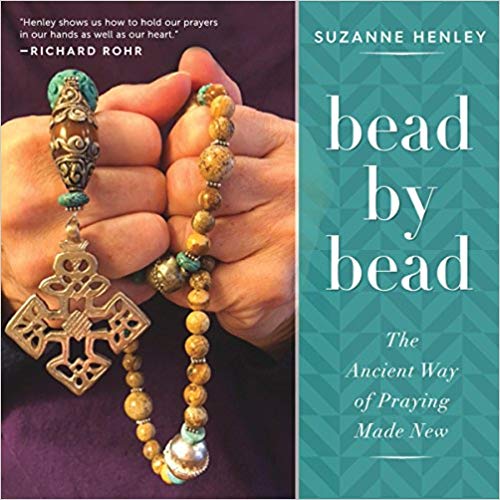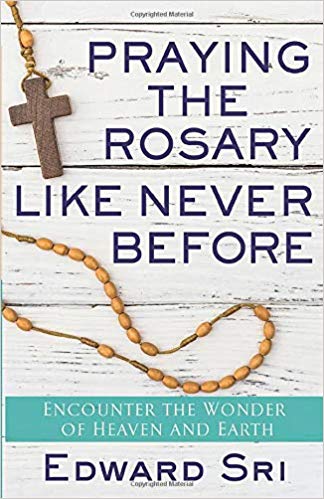Christians of any denomination – including Catholic, Lutheran, Anglican, Presbyterian, and even Baptist, among others, can use prayer beads to assist in their prayer life. Prayer beads are a tool, which can be useful to Christians who pray, no matter how they usually pray. While rosaries are commonly known, in Catholic, Anglican, Lutheran, and others, it is also possible to use prayer beads as simple reminders of one’s usual prayer list.
Prayer beads have been being used for prayer in religions of all sorts for thousands of years. A fresco that was dated about 1600 B.C. depicts prayer beads. During that time, beads have been made of shells, clay, wood, glass, gems, and knots, among other things. However, no matter what the material has been, the purpose has always been the same.
The purpose of prayer beads is to remind. They remind the believer of God’s presence. They remind them of the need to pray. They remind them what to pray for. Having a tangible reminder can help to keep one focused on prayer during prayer time, limiting mind-wandering that can happen in quiet moments.
Category Reminder
Even for those who prefer a more organic type of prayer, rather than pre-written prayers repeated, prayer beads can be a useful tool. This will usually require a believer to create his or her own string of beads (a bracelet would be a great idea, since it could be worn anywhere).
Simple sets can sometimes be found, such as the ACTS set, which stands for Adoration, Confession, Thanksgiving, and Stuff. Making such a string personally is quite simple; it is recommended to use a heart shaped bead for adoration, a red one for confession (in remembrance of Jesus’ blood), gold or silver for thanksgiving (thinking of provision), and whatever is desired to represent stuff.
Another simple set makes a sort of rainbow: black as a reminder to confess sin, white to represent forgiveness, yellow to remind us that God’s mercies are new every morning, purple or orange for evening prayer time, gold to represent heaven, green for growing in faith, and pink for thankfulness.
Considering the personal prayer list, each bead string can look different. Another example is to start with a bead to represent God, followed by a reminder to confess sin, beads to represent family members, reminders for thanksgiving, beads to represent the government, the country, friends, and whatever else one wants to remember to pray for. This string could end up longer than an average bracelet, so it could be wrapped more than once or could be used as a necklace instead.
Another option can be to have beads to represent health, family, finances, etc. and as you pray for people, use the beads to remind you of each thing to pray for each person.
Rosary
Catholic
The Catholic rosary contains 59 beads. 50 of these are in sets of 10 (called decades); 3 are on the ‘stem’ of the rosary, and six are larger and used as spacers. There are specific prayers for each section. The usual rosary practice is as follows:
- Start with the Sign of the Cross.
- At the crucifix, say the Apostles’ Creed.
- Quote the Lord’s Prayer (Our Father) on the first bead.
- On the three beads following (the stem), say a Hail Mary for each.
- On the spacer, say the Glory Be.
- Each of the decades represents a Mystery; state which one it is followed by Our Father.
- For each bead of the next ten, say a Hail Mary while thinking about the associated Mystery, followed by a Glory Be.
- At the end, say the Hail, Holy Queen and end with “Pray for us, O holy Mother of God. That we may be made worthy of the promises of Christ.” And a prayer.
- Conclude with the Sign of the Cross.
Lutheran
The Lutheran rosary is similar to the Catholic one. The differences are:
Instead of the Hail Mary on the stem (step 4 above), Lutherans say the Jesus Prayer, which is, “Lord Jesus Christ, Son of God, have mercy upon me, a sinner.” This also replaces the Hail Marys in step 7 above. At then end, instead of Hail, Holy Queen, Lutherans use Martin Luther’s praise of Mary, a section of the Magnificat, or the pre-Trent Hail Mary.
Orthodox
Made with knots rather than beads, the Orthodox prayer rope can be used in two ways. One is to say or think one of two prayers – “Lord Jesus Christ have mercy on me” or “Most Holy Theotokos save us.” The other is to go through each knot with the left hand while using the right to make the sign of the cross while saying “Lord Jesus Christ have mercy on me.”
The quantity of knots in a rope varies. The typical one contains 100 knots, but it is not uncommon to find ropes with 33, 41, 50, 60, 64, or 150. There are also some small 10-knot rings. There are usually dividers to help keep count; usually every 10 knots.
Anglican
Anglican prayer beads include 33 beads, arranged with 4 spacers that shape a cross.
The set begins with a cross or similar for beginning and ending the prayer. To begin, pause to focus on God and welcome His presence.
Between this and the first spacer (also called cruciform) is what is known as the invitatory bead, which is the call to prayer and sometimes a Scripture or phrase is represented here. It is usually the same size as the cruciform beads. It is called invitatory because it is viewed as an invitation of God to worship Him in prayer.
All of the cruciform represent a phrase that sum up the theme of the prayer, or each can be used to remember to pray for others (the church, the nation, the world, the sick, etc.).
The sets of seven beads between the cruciform are called weeks, and these are where the main prayer is. If you get around the circle without being finished, it is certainly acceptable to go around again.
When the prayer is ending, move to the invitatory bead again for the conclusion.
Close on the cross or other symbol.
There are predetermined prayers to be used with these beads, but developing personal prayers is not discouraged.
Books
Praying Through Psalms (Anglican)
This book is meant for use with Anglican prayer beads and takes believers through the Psalms in daily meditation for 50 days.
This guide to creating prayer beads and using them covers the history of prayer beads as well as diagrams to make sets of beads. It discusses usage in a variety of faiths.
This book includes a year of prayers for morning, noon, and night. Associated Scripture and other quotes add interest.
Another Bead, Another Prayer (Protestant)
This book includes a leader’s guide along with how to create your own beads and how to write your own prayers. It is a 4- to 12-week study to teach how to make prayer beads work with your prayer life.
A six-week journey with Jesus is meant to be used during Lent. It is arranged in weeks, with Scripture, a devotion, questions for reflection, and meditation, as well as a suggestion for prayer beads. It includes a leader’s guide.
This discusses the look at the history of prayer beads in a variety of cultures. It discusses prayer apart from the beads, and then discusses the use of beads as an assistant to prayer.
Praying the Rosary Like Never Before (Catholic)
This brings new perspective to the experience of praying the rosary and ways to connect to God through prayer. It looks at the prayers, why things are repeated, and Biblical references.

